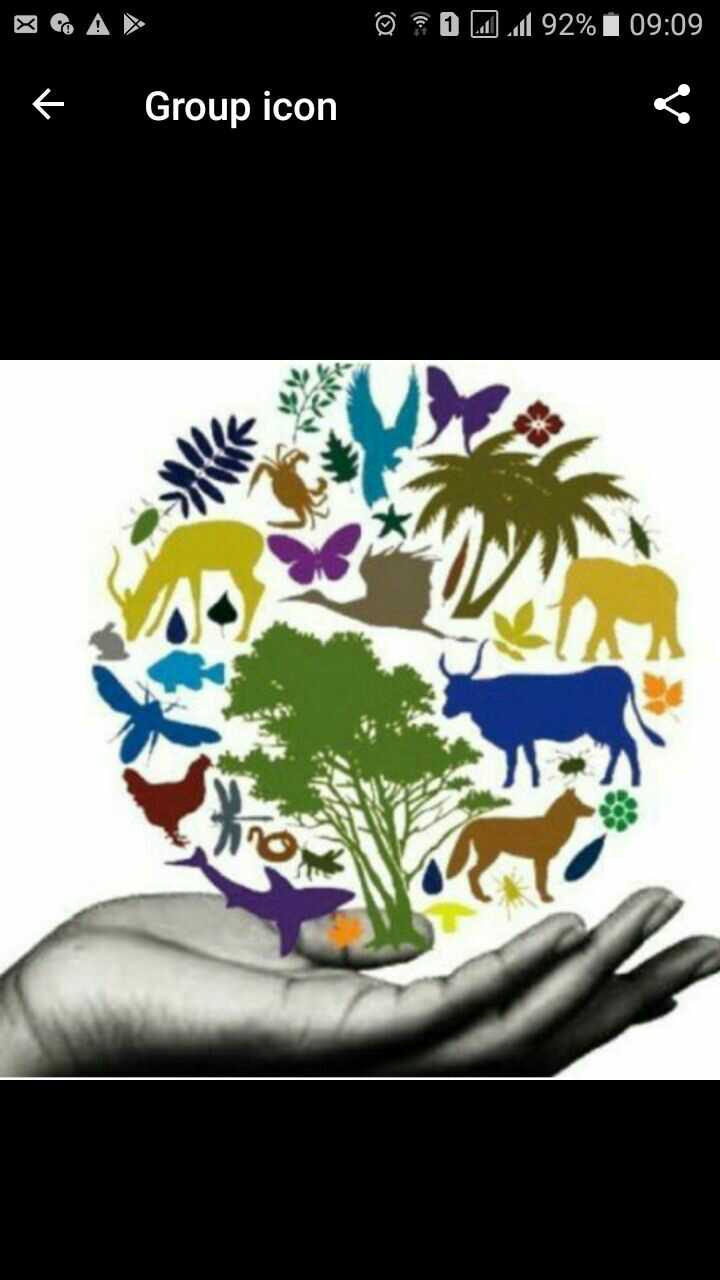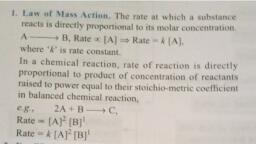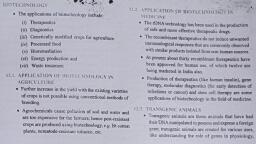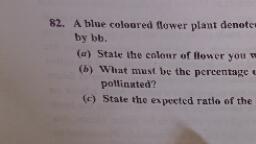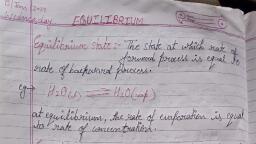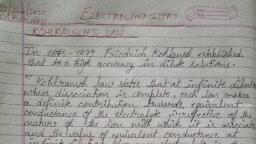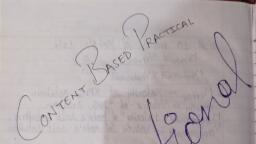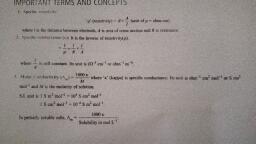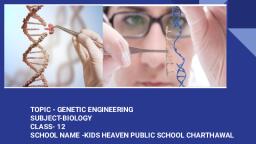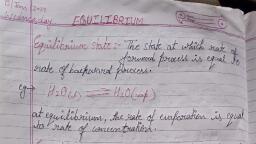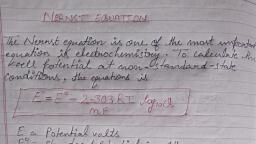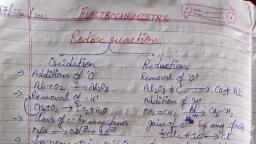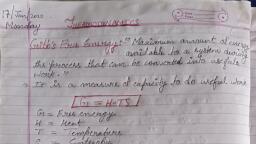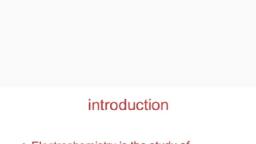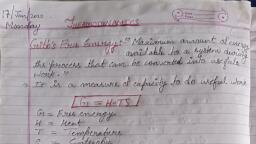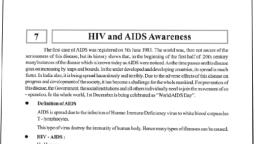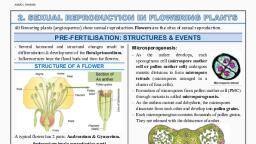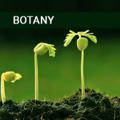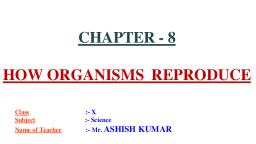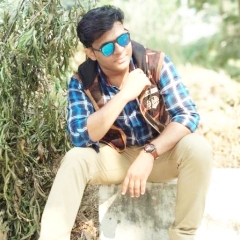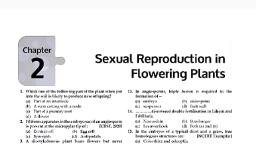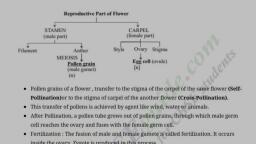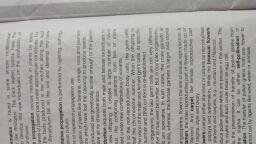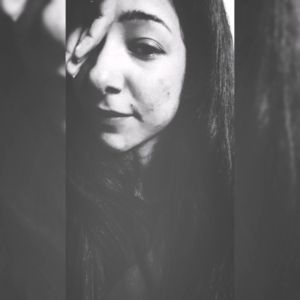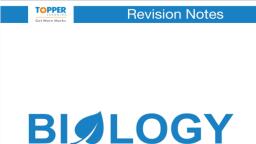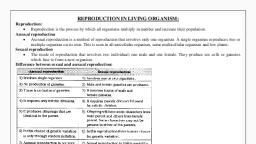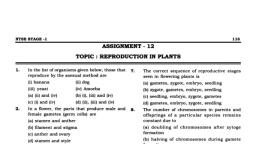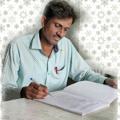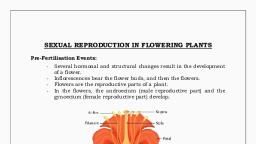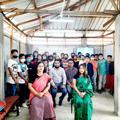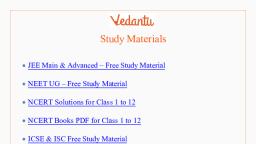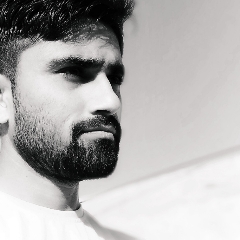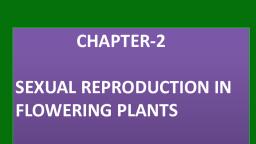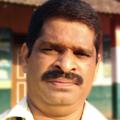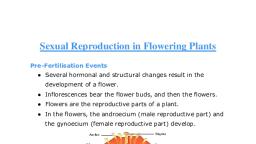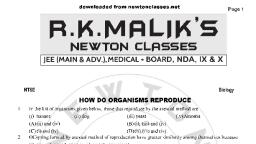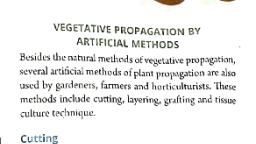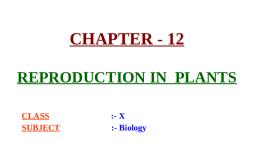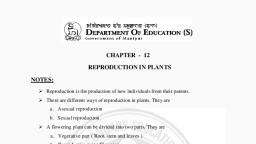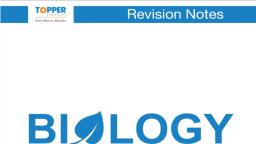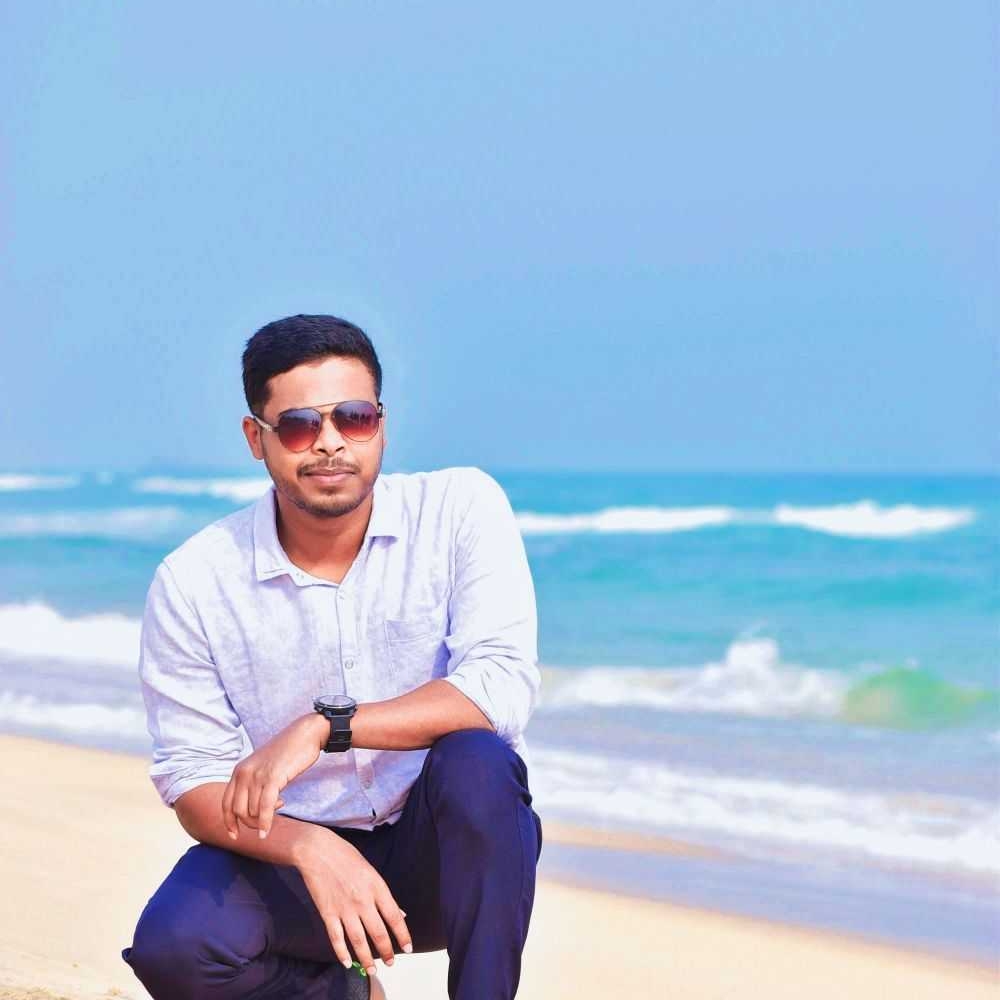Page 2 :
5) Sexual reproduction in flowering plants :a) Reproductive parts of a flower :, The stamen and pistil are the reproductive parts of the, flower. Stamen is the male reproductive part. It produces, pollen grains in the anther which contains the male germ, cell (male gamete). Pistil is the female reproductive part. It, produces ovules in the ae contain the female, , germ cell (female gamete)
Page 3 :
b) Pollination :, The transfer of pollen grains from the anther to the stigma, of a flower is called pollination. It takes place by wind, water, or insects. If the pollen grains are transferred from the, anther to the stigma of the same flower it is self pollination, and if it is transferred from the anther of one flower to the, stigma of another flower it is cross pollination. Pollination, , takes place by insects, wind, water etc., POLLINATION, , Cross pollination, , , , Self pollination FLOWER 1 FLOWER 2
Page 4 :
c) Fertilisation :, After the pollen grain is, transferred to the stigma it, produces a pollen tube which, passes through the style and, enters the ovary and ovule. In, the ovule the male germ cell, (male gamete) fuses with the, , female germ cell (female, gamete) to form a zygote. This, process is called fertilisation., , After fertilisation the zygote, divides several times and forms, the embryo which then develops, into the seed and the ovary, develops into the fruit.
Page 5 :
6) Reproduction in human beings :a) Male reproductive system :, The male reproductive system consists of a pair of testes which, produces the male reproductive cells called sperms and the hormone, testosteron. It is contained in sac like structures called scrotum. From, each testis arises a tube called vas deferens. It joins into the urethra., The urethra is enclosed in a muscular organ called penis. It has an, opening called genital pore. The seminal vesicles and prostate glands, produce fluids which provide nutrition and help in the movement of the, sperms.
